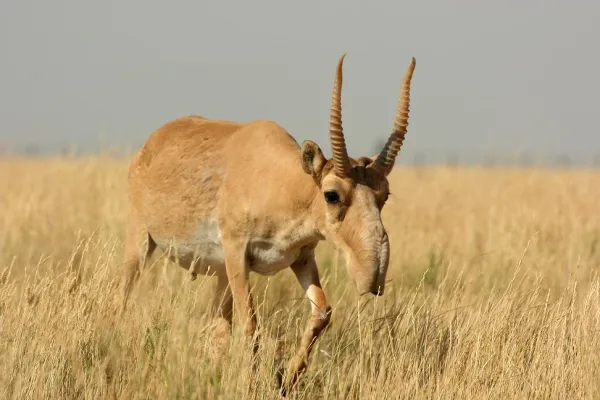
Have you ever seen this unusual-looking animal? The Saiga antelope (Saiga tatarica) is one of the most distinctive antelopes in the world, easily recognized by its large, downward-facing nose that resembles a short elephant trunk. While this peculiar appearance makes the species stand out, it has no...

Antarctica, the southernmost continent on Earth, spans approximately 14 million square kilometers. It is one of the coldest, most remote, and least inhabited places on the planet. Despite its harsh conditions, this frozen continent is home to a surprising number of unique and resilient animal specie...

The giant panda (Ailuropoda melanoleuca), commonly known simply as the panda, is a mammal belonging to the order Carnivora. However, its diet is mostly herbivorous. While it occasionally consumes insects, bird eggs, or small mammals, its primary food source is bamboo.A lesser-known fact is that the...
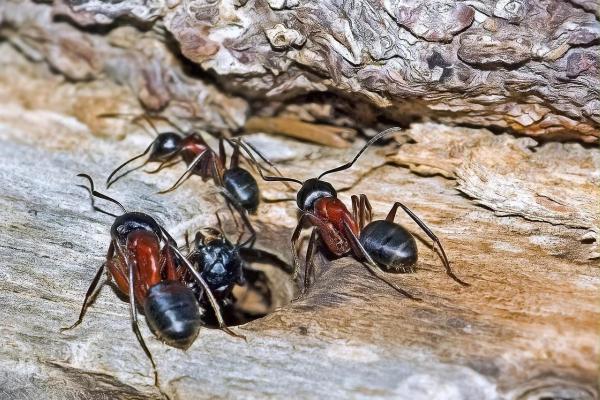
Among the many species of ants found in nature, wood ants are among the most common. Named for their ability to chew through wood to build their nests, these ants are often mistaken for termites. Although they are important members of many ecosystems, they can become a nuisance in human environments...
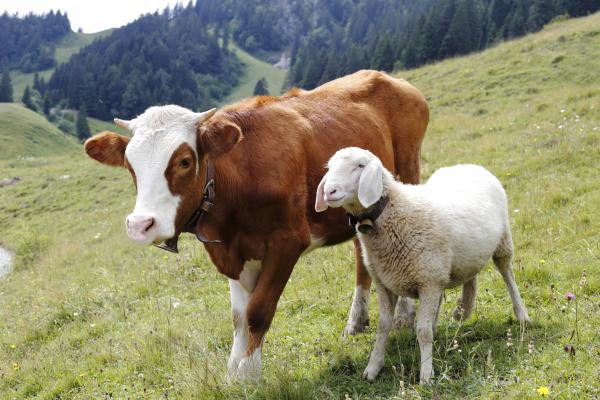
Ruminant animals are a remarkable group of herbivores able to convert low-nutrient plant matter into body mass and valuable products such as milk, meat, and leather. Thanks to their highly specialized digestive system, ruminants have played a crucial role in agriculture and ecosystems worldwide. Wha...

Xenoperdix udzungwensis is Udzungwa Forest-partridge, no subspecies. Specific habits are unknown.Listed on the International Union for Conservation of Nature (IUCN) 2016 Red List of Threatened Species ver 3.1 - Endangered (EN).Protect wild animals and eliminate wild meat.Maintaining ecological balan...
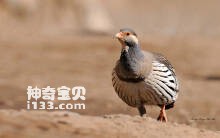
Tetraophasis caucasicus, Caucasian Snowcock, likes to form groups, usually in small groups of 3-5 birds. In areas with high density, large groups of 10-20 and even up to 100 individuals can be seen. Active during the day, from dawn until dusk, often walking up the mountainside to forage until the to...

Tetraophasis caspius, Caspian Snowcock, eats seeds and plants. During the non-breeding season, they form small colonies. The nest is built on the ground, laying 6-9 eggs at a time, which are green and hatched by the female.Listed in Appendix I, Appendix II and Appendix III of the Convention on Inter...
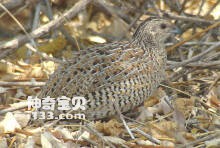
Synoicus ypsilophorus (Brown Quail) has 10 subspecies. It is mainly active at dawn and dusk, and the call is loud. Feeds on seeds and young grasses.Listed on the International Union for Conservation of Nature (IUCN) 2016 Red List of Threatened Species ver 3.1 - Not Threatened (LC).Protect wild anima...

The Crested Argus (Rheinardia ocellata) has two subspecies.The crested pheasant usually moves alone in its territory. They only come together during the breeding season. The species is polygamous in the wild, with males performing elaborate courtship rituals during the mating season, calling and dan...

Ptilopachus nahani, foreign name Nahan' s Partridge is a traditional bird in the pheasant family. As its other name suggests, it was previously considered a partridge (Francolin) and placed in the genus Francolinus or Pternistis, but it was eventually determined that its closest relative was the...
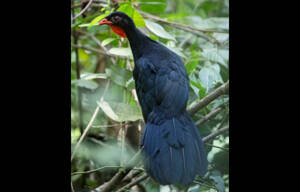
Highland Guan (Penelopina nigra), no subspecies.Crested pheasants spend a lot of time in trees, feeding on berries and fruits, and sometimes descend to the ground to catch and eat animals, including lizards and mice. They usually occur alone and in pairs or in small groups of 3-4 individuals. The ca...

Malleefowl (Leipoa ocellata), no subspecies.The pheasant is very timid and cautious, and will run away or hide in a tree when in danger. Although they are active, they are immediately stationary when disturbed, using their body's ability to camouflage to avoid. They also have a variety of ways t...
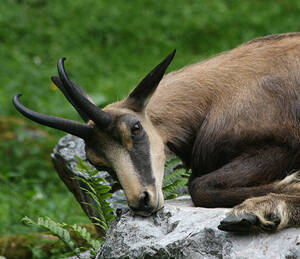
Rupicapra rupicapra (scientific name: Rupicapra rupicapra) English Northern Chamois, Alpine Chamois, Anatolian Chamois, Asia Minor Chamois, Balkan Chamois, Carpathian Chamois, Caucasus Chamois, Chamois, Tatra Chamois, Turkish Chamois, French Chamois, Spanish Gamuza, Gamuza Septentrional, Rebeco sept...
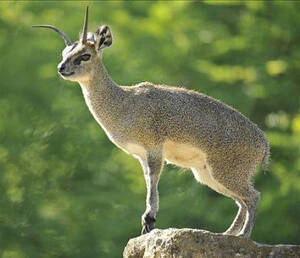
Oreotragus oreotragus (English: Klipspringer, French: Oréotrague, South African: Klipspringer, German: Klippspringer, Dutch: "rock jumper"), with 11 subspecies.The average territory of the Oreotragus is about 0.081 square kilometers. The size of a male's territory will depend on the a...
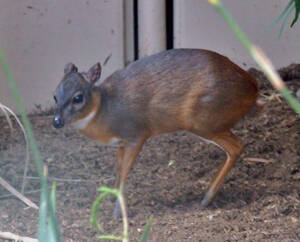
Royal Antelope (scientific name: Neotragus pygmaeus) English Royal Antelope, French Antilope royale, German Kleinstbokchen, no subspecies.The Bess Island Antelope is very similar to the Royal Antelope, but is only found in central Africa. The Baird's Island Oryx has small black and white marking...

Bates' Pygmy Antelope (scientific name: Neotragus batesi) English: Bates' Pygmy Antelope, Dwarf Antelope, German: Batesbokchen, no subspecies.The Bet's Island Oryx is similar in appearance to the Royal Island Oryx (Neotragus pygmaeus) of West Africa, but can be distinguished by its large...
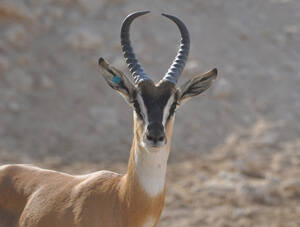
Somali gazelle (scientific name: Nanger soemmerringii) is also known as Soemmerring's Gazelle in foreign languages. There are three subspecies.Once upon a time, the attractive Somali gazelle would gather in large groups of hundreds during seasonal migration. This spectacular sight is already ver...
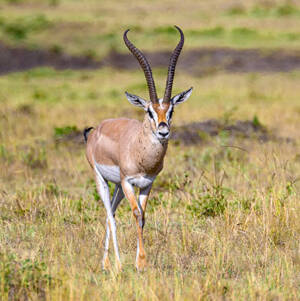
Grant's gazelle (scientific name: Nanger granti) is a large, light-haired antelope with three subspecies.Grant's gazelle is migratory, and they migrate seasonally throughout their range, except in areas where there is abundant forage supply throughout the year. The species migrates in herds,...